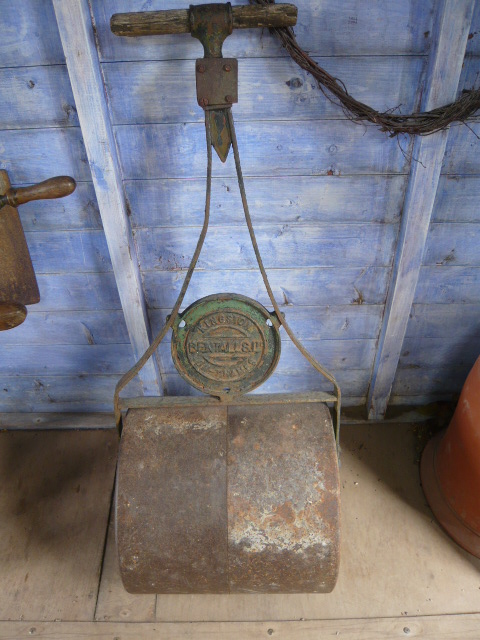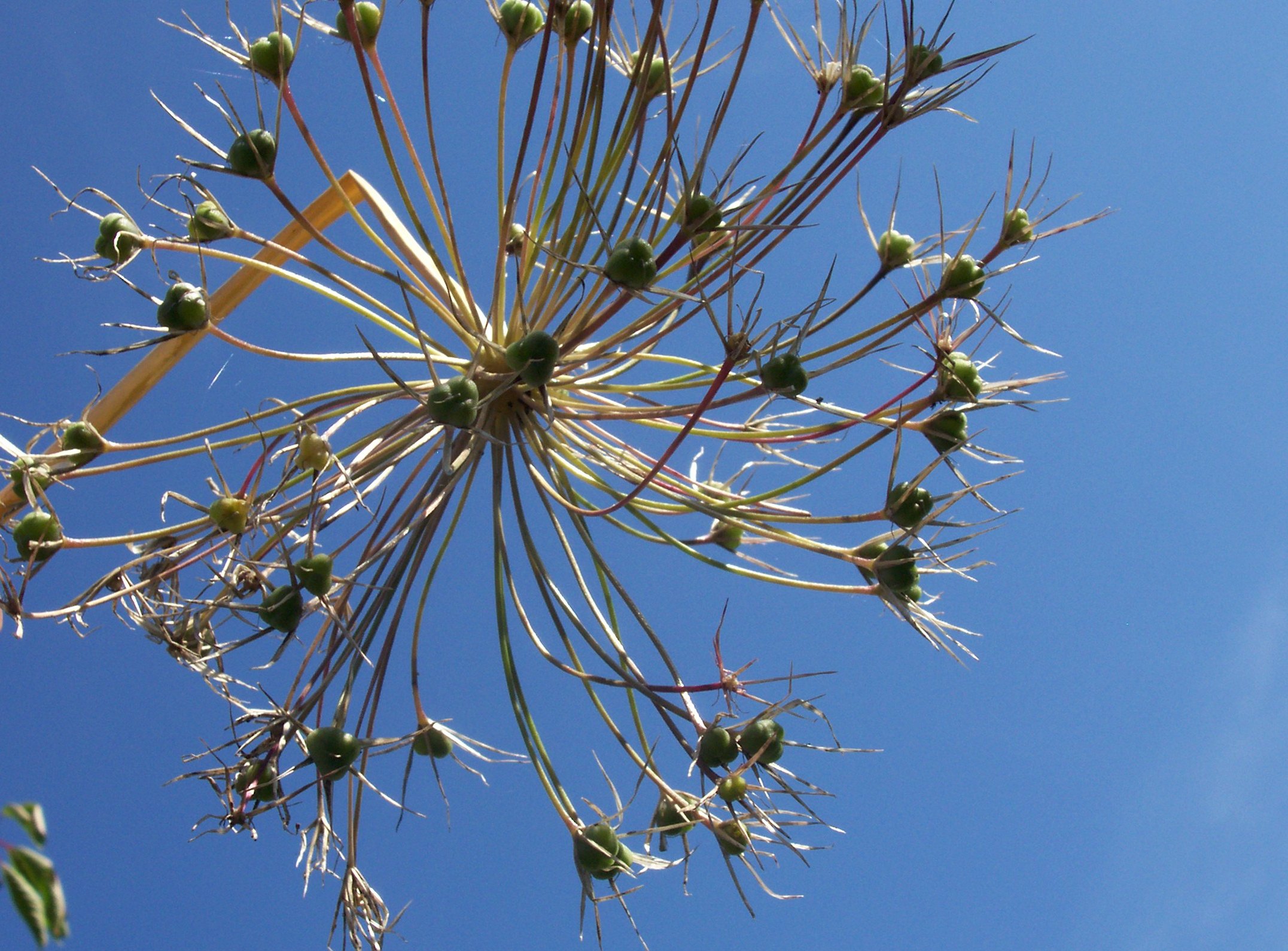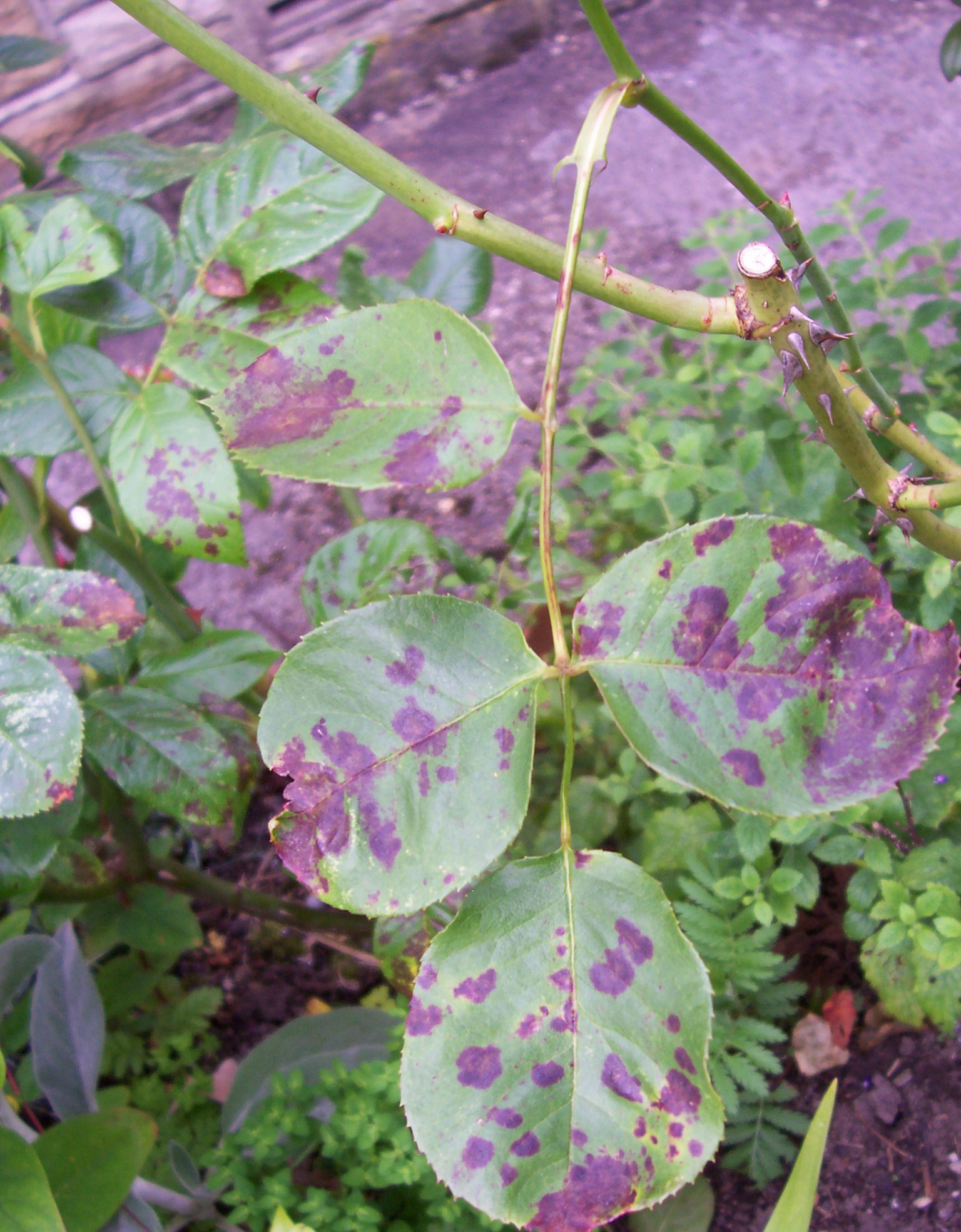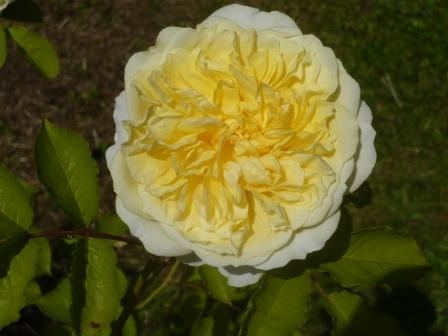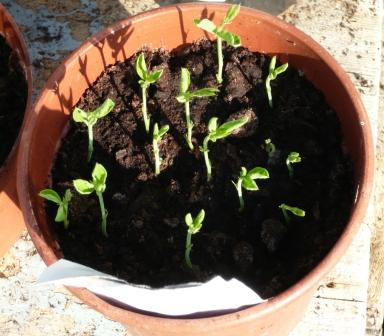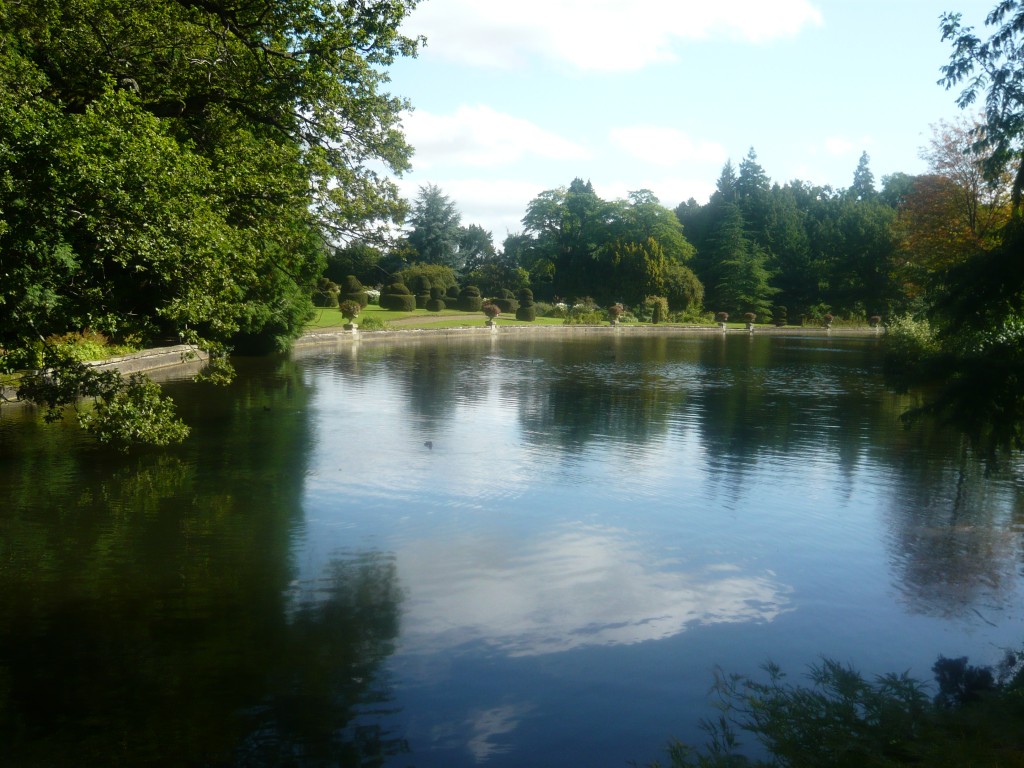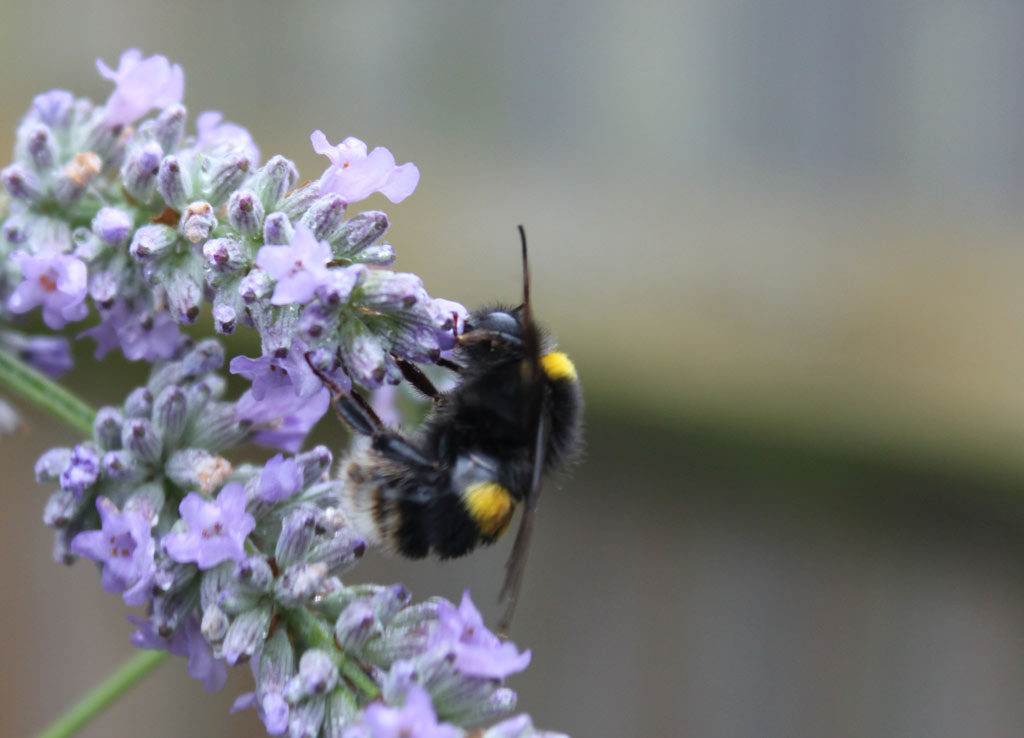Bulbs that are stored over winter can be susceptible to rot and fungus. To avoid problems check them regularly and remove and destroy any that are effected.
Ornamental bulbs, tubers and corms that may be affected include begonias, gladioli, tulips and dahlias. Edible crops that can be affected include potatoes, onions and garlic. You will know about rot when you smell some of these .
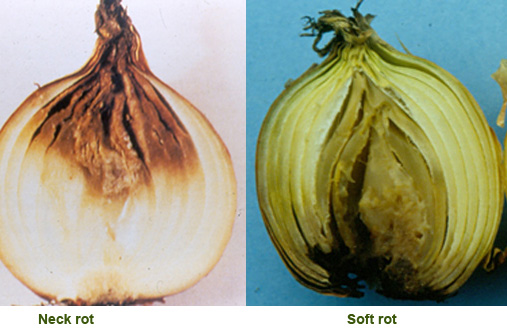
Onion Rots Ontario Ministry of Agriculture, Food & Rural Affairs
Types of Bulb Rot
- Damp conditions help grey botrytis or blue/green penicillium fungal rots.
- Damaged items allow bacteria to enter the bulb and grow.
- Post-harvest rots are also caused by fungi and bacteria from the soil or from infections in rotting leaves prior to harvesting.
- Species specific fungal attacks can cause gladioli core rot, tulip fire, onion neck rot and others.
Storage Tips
- Harvest carefully, damaged goods rot quickest.
- Clean off soil and dry off excess moisture. I then wrap some bulbs in newspaper.
- Look for signs of black seed-like sclerotia of botrytis.
- Discard any with signs of soft soggy tissue.
- Store in dry cool conditions on clean storage trays. Leave space so bulbs do not touch and spread any disease.
- Dust with a sulphur based inhibitor.
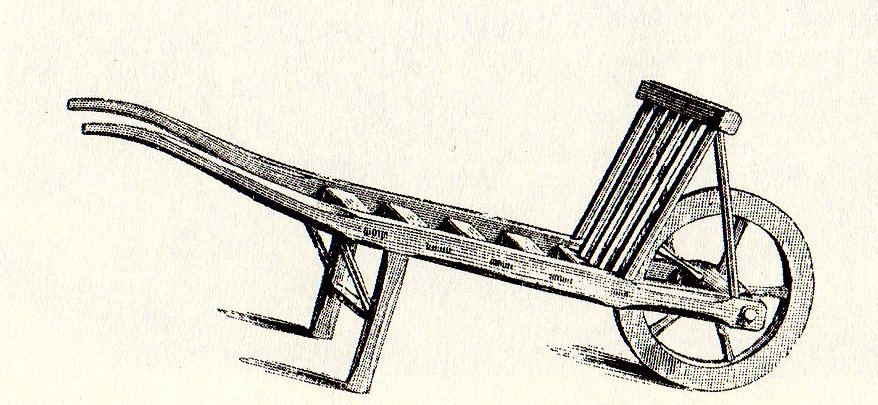
Sack rot and cart it off but not to your compost heap!
